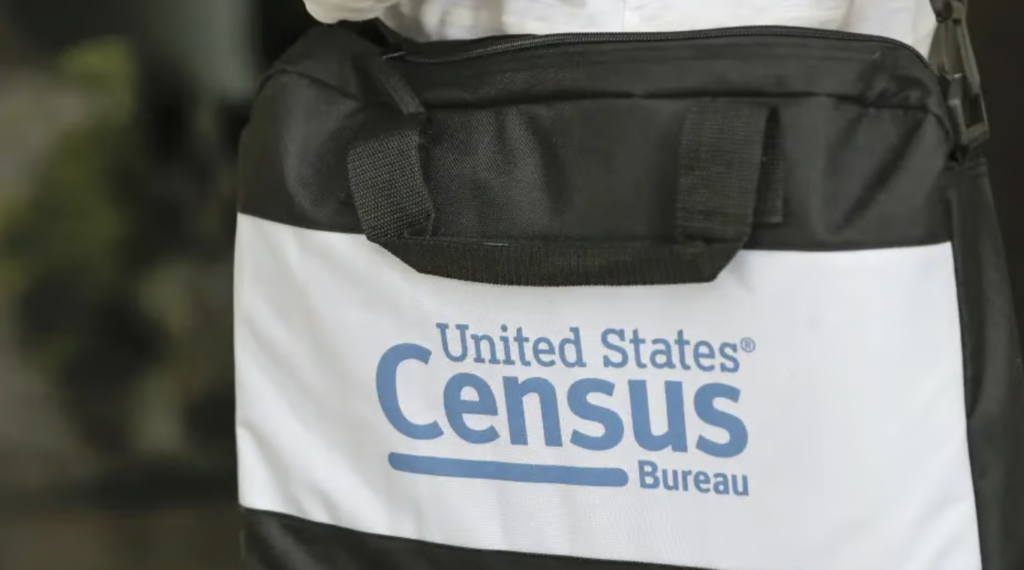With new data from the U.S. Census Bureau showing that poverty rates, especially child poverty, experienced marked increases from 2021 to 2022, Catholic organizations are calling on Congress to take action, first by reintroducing pandemic-era tax credit expansions.
In 2021, when the tax credit expansions were in place, the Supplemental Poverty Measure (SPM) rate was 7.8 percent, and the SPM child poverty rate was 5.2 percent. Those rates both jumped to 12.4 percent in 2022, according to Census Bureau data published on September 12.
Catholic organizations argue that the increases make clear the negative impact of not renewing the tax credit expansions before they expired at the end of 2021. The bureau itself acknowledged the impact forgoing those expansions had on the data.
“That dramatic change very clearly shows that when we choose to invest in people we can make a really big difference in reducing child poverty and poverty as a whole, and when we stop investing in these things we start to see the consequences of those decisions,” Lucas Swanepoel, the director of government relations for the Catholic Health Association, told Crux.
John Creamer, the Supplemental Poverty Measure team lead for the Census Bureau, told Crux that “a large reason for [the percentage increases] is the expiration of the refundable tax credit benefits.” Specifically, he added, the absence of the child tax credit expansions had a “substantial impact.”
In essence, SPM is a comprehensive tool the Census Bureau has used since 2009 to calculate the poverty rate. The measure takes into account multiple factors in addition to cash income, including government assistance families receive such as school lunch and nutrition assistance programs, and refundable tax credits. The measure is also geographically adjusted based on cost of living.
The Census Bureau’s official poverty measure is based solely on cash income. The official poverty measure for 2022, according to the data, was about the same as 2021 at 11.5 percent. However, Swanepoel noted that compared to the official poverty measure, the SPM provides a much more “holistic look” at how individuals are faring, and insight into the governmental programs that lift people out of poverty.
According to the experts Crux spoke to, the drastic increase in poverty percentages from 2021 to 2022 shows the effectiveness of specifically the child tax credit and earned income tax credit expansions that expired at the end of 2021. The child tax credit in particular, lifted millions of additional families out of poverty during the pandemic.
As part of the 2021 American Rescue Plan passed by Congress, the enhanced child tax credit increased the maximum credit to $3,600 for children under age 6 and $3,000 for those ages 6 through 17. Heads of households earning up to $112,500 a year and married couples making up to $150,000 were eligible for the full amount. Before the expansion, eligible parents received a credit of up to $2,000 for children up to age 17 when they filed their taxes, which is what it reverted back to in 2022.
Brian Corbin, the executive vice president for member services for Catholic Charities USA, told Crux that the new data highlights the importance of strong public policies.
“I’m hoping that policymakers understand that private charities can’t do everything,” Corbin said. “These kinds of public policies just help people keep out of poverty so we can help with private donations to help those supplemental people who are on the edge as well.”
“It’s a both-and in terms of how the charity will always be there, but this is a great story on how a very single policy can have a dramatic impact on the nature of children in this country,” he added.
Swanepoel also noted that the data highlights the need to take action now.
“That’s exactly the urgency that these numbers help provide is a recognition that there were consequences for the political decisions not to renew these things, and we can make choices to invest in people,” Swanepoel said. “We can make choices to invest in families, and support them long term, and I think the sooner we do it the better because it’ll only get worse as we continue to kick the can down the road.”

